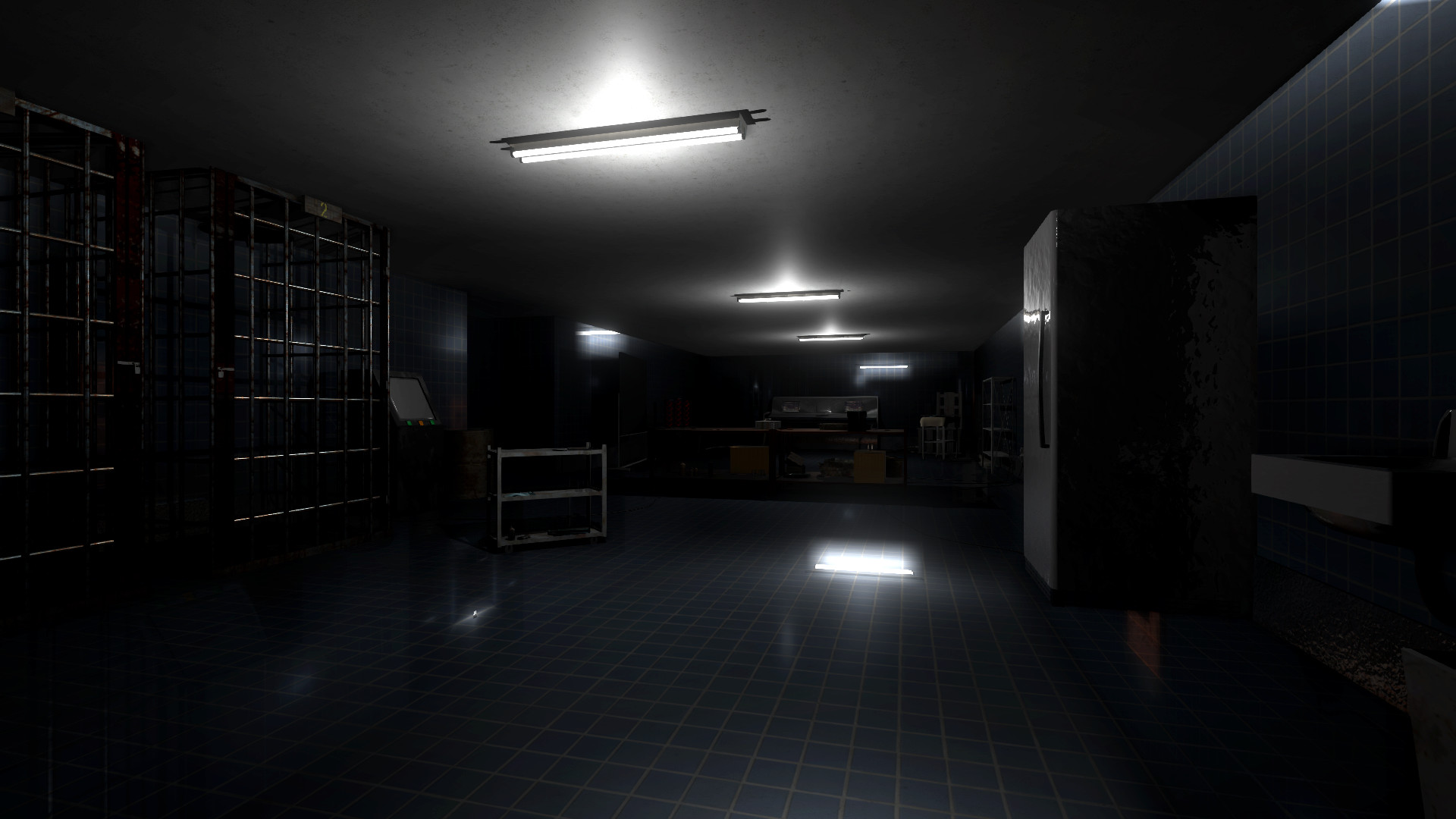Previously, up to OS X 10.4, both Mac OS 9 applications running in the legacy Classic Environment and native applications could access fonts stored in the Mac OS 9 system folder macOS includes a software rasterizer that supports PostScript. Thus eliminating the need for. Healthcare is complicated, we make it simple.
- The Horologist's Legacy Mac Os X
- The Horologist's Legacy Mac Os Download
- The Horologist's Legacy Mac Os Free
Install apps and sync calendars, contacts, email, memos, and tasks between your Palm device and desktop PC.
Windows 7/8/10 users will need to install Aceeca or Janam USB drivers to perform HotSync over USB. Serial and Bluetooth HotSync is also supported on compatible devices (no drivers required). See here for a complete guide on setting up HotSync with Windows 10. Windows 95 users may also need to install the Winsock 2 update included below.
If data is not syncing between Palm Desktop 6.2.2 and legacy Palm OS devices, you must also download and run the legacy HotSync fix by PimlicoSoft below. This fix can be toggled on and off to switch between sync methods for different devices.
Download
The Horologist's Legacy Mac Os X
| Version | File | Size |
|---|---|---|
| Mac-2.6.1 | PalmDesktop-Mac-2.6.1.sit | 6.4M |
| Mac-2.6.3 | PalmDesktop-Mac-2.6.3.sit | 8.7M |
| Mac-4.1.0 | PalmDesktop-Mac-4.1.0.sit | 12M |
| Mac-4.2.1d | PalmDesktop-Mac-4.2.1d.dmg | 17M |
| Win-3.1.1 | PalmDesktop-Win-3.1.1.zip | 11M |
| Win-4.1.0 | PalmDesktop-Win-4.1.0.zip | 9.3M |
| Win-Clie-4.1.0 | PalmDesktop-Win-Clie-4.1.0.zip | 27M |
| Win-Janam-4.1-SP3 | PalmDesktop-Win-Janam-4.1-SP3.zip | 15M |
| Win-6.2.2 | PalmDesktop-Win-6.2.2.zip | 66M |
| Win-HSFix | LegacyHSFix.zip | 12K |
| Win95-Fix | Winsock_2_Update.zip | 904K |
This article is intended for system administrators at businesses and educational organizations.
About system extensions in macOS
System extensions on macOS Catalina 10.15 and later allow software, such as network extensions and endpoint security solutions, to extend the functionality of macOS without requiring kernel-level access. Learn how to install and manage system extensions in user space instead of the kernel.

Legacy system extensions, also known as kernel extensions or kexts, execute in a highly privileged mode of the system. Starting with macOS High Sierra 10.13, a kernel extension must be approved by an administrator account or a Mobile Device Management (MDM) profile before it can load.
macOS Big Sur 11.0 and later allows management of legacy system extensions for both Intel-based Mac computers and Mac computers with Apple silicon.
How to manage legacy system extensions
Kernel extensions that use previously deprecated and unsupported KPIs no longer load by default. You can use MDM to modify default policies to not show dialogs periodically and to allow the kernel extensions to load. For Mac computers with Apple silicon, you must first change the security policy.
To install a new or updated kernel extension in macOS Big Sur, you can do either one of the following:
- Instruct the user to follow the prompts within Security & Privacy preferences to allow the extension, then restart their Mac. You can permit users who are not administrators to allow the extension using the
AllowNonAdminUserApprovalskey in the Kernel Extension Policy MDM payload. - Send the
RestartDeviceMDM command and set theRebuildKernelCachekeyto True.
Any time the set of approved kernel extensions changes, either after initial approval or if the version is updated, a restart is required.
Additional requirements for Mac computers with Apple silicon
The Horologist's Legacy Mac Os Download
Mac computers with Apple silicon require kernel extensions to be compiled with an arm64e slice.
The Horologist's Legacy Mac Os Free
Before you can install a kernel extension on a Mac computer with Apple silicon, the security policy must be changed in one of the following ways:
- If you have devices enrolled in MDM with Automated Device Enrollment, you can automatically authorize remote management of kernel extensions and change the security policy.
- If you have devices enrolled into MDM with Device Enrollment, a local administrator can change the security policy manually in macOS Recovery and authorize remote management of kernel extensions and software updates. Additionally, an MDM administrator can advise the local administrator to make this change by setting
PromptUserToAllowBootstrapTokenForAuthenticationin MDMOptions or by setting the same key in the MDM profile. - If you have non-MDM devices or devices enrolled into MDM with User Enrollment, a local administrator can change the security policy manually in macOS Recovery and authorize user management of kernel extensions and software updates.